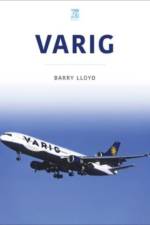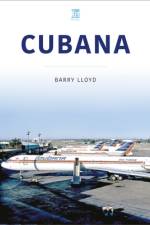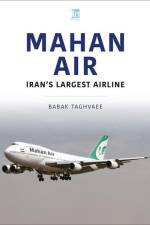av Jozef Mols
245
The story of Alitalia is one of many mergers in post-war Italy, followed by expansion and ending in a series of subsequent bankruptcies. Alitalia was set up in 1946 as Aerolinee Italiane Internazionali as a result of an Anglo-Italian agreement with the Italian government (60 per cent) and BEA (40 per cent) as shareholders. The airline took to the sky on May 5, 1947 and transported in its first year some 10,000 passengers. For domestic flights, the airline used Fiat G-12 aircraft whereas international and intercontinental routes were served with Savoia-Marchetti SM.95 aircraft. On October 31, 1957, Alitalia merged with Linee Aeree Italiane. By that time, the shares were in the hands of the Italian Ministry of the Treasury, employees of Alitalia and KLM. In 1950, the Douglas DC4 was introduced. Starting in 1964, the airline would become the 'airline of the Pope' whenever he traveled abroad. By 1970, Alitalia had become the first European airline to fly with a fleet of all jets including Boeings, Caravelles and Douglas aircraft. In 1981, Alitalia started up Aermediterranea to replace defunct Itavia on the Italian domestic scene. Notwithstanding a rapid expansion, Alitalia encountered financial problems. In 2008, a group of investors around Sylvio Berlusconi formed the Compagnia Aerea Italiana (CAI) consortium to buy bankrupt Alitalia and to merge the airline with another bankrupt Italian carrier (low cost carrier Air One). On December 12, 2008, Alitalia's profitable assets were transferred to CAI leaving the debts to the Italian tax payers. On January 13, 2009, the 'new' Alitalia launched operations. The airline entered administration in 2017 following years of unprofitability. On 24 August 2021, Alitalia announced that it would cease operations on 15 October 2021. On 15 October 2021, in a hybrid reorganization, Alitalia sold its entire operation to ITA Airways, a newly formed state-owned flag carrier.











